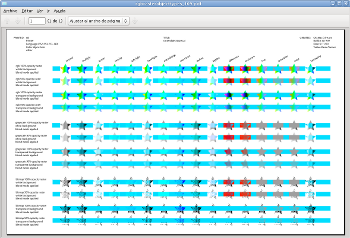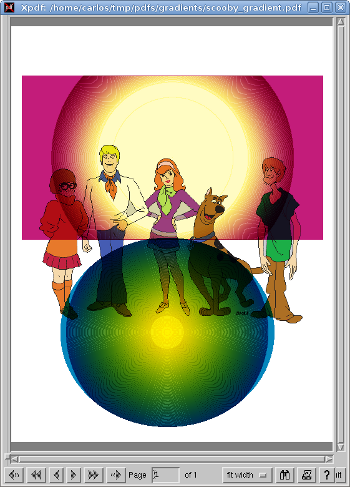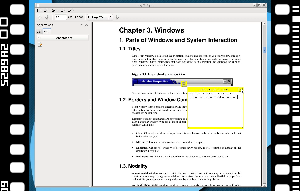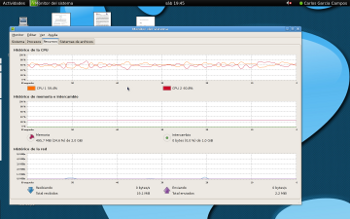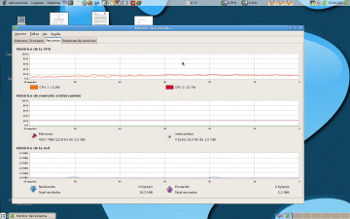GtkWidget::press-and-hold signal
Last week I submitted a work in progress patch just to show my idea of using a new style class to implement the animation instead of changing the cursor. This week I completed the patch creating a new style class GTK_STYLE_CLASS_PRESS_AND_HOLD and implementing the animation in the theming engine using a variation of the current spinner animation. Also fixed the animation to work when there’s no composite manager running. I haven’t plan to continue working on this patch unless it’s reviewed and it needs more work, of course. Matthias already commented about the general approach.
GtkEntry:hint-text
I started to work on this bug this week. Like with press-and-hold, this bug had a working patch attached, so I simply ported it to GTK+3 and updated to apply to current git master. It requires some more work though.
GtkScrolledWindow
Submitted a new patch to add a new auto-hide-scrollbars style property, to hide the scrollbars after a timeout when kinetic scrolling mode is enabled.
GtkLiveSearch
With the idea of splitting it into a general purpose entry widget and an object for the search, I have started to write a new widget, based on EmpathyLiveSearch, GtkTreeView and Evince code, that shows a popup window with an entry when typing on a hook widget. I have nothing to show yet, but I plan to finish it during the following week with patches for GtkTreeView and Evince too. Regarding the search part, Benjamin has the idea to add a GtkSearchable interface.
